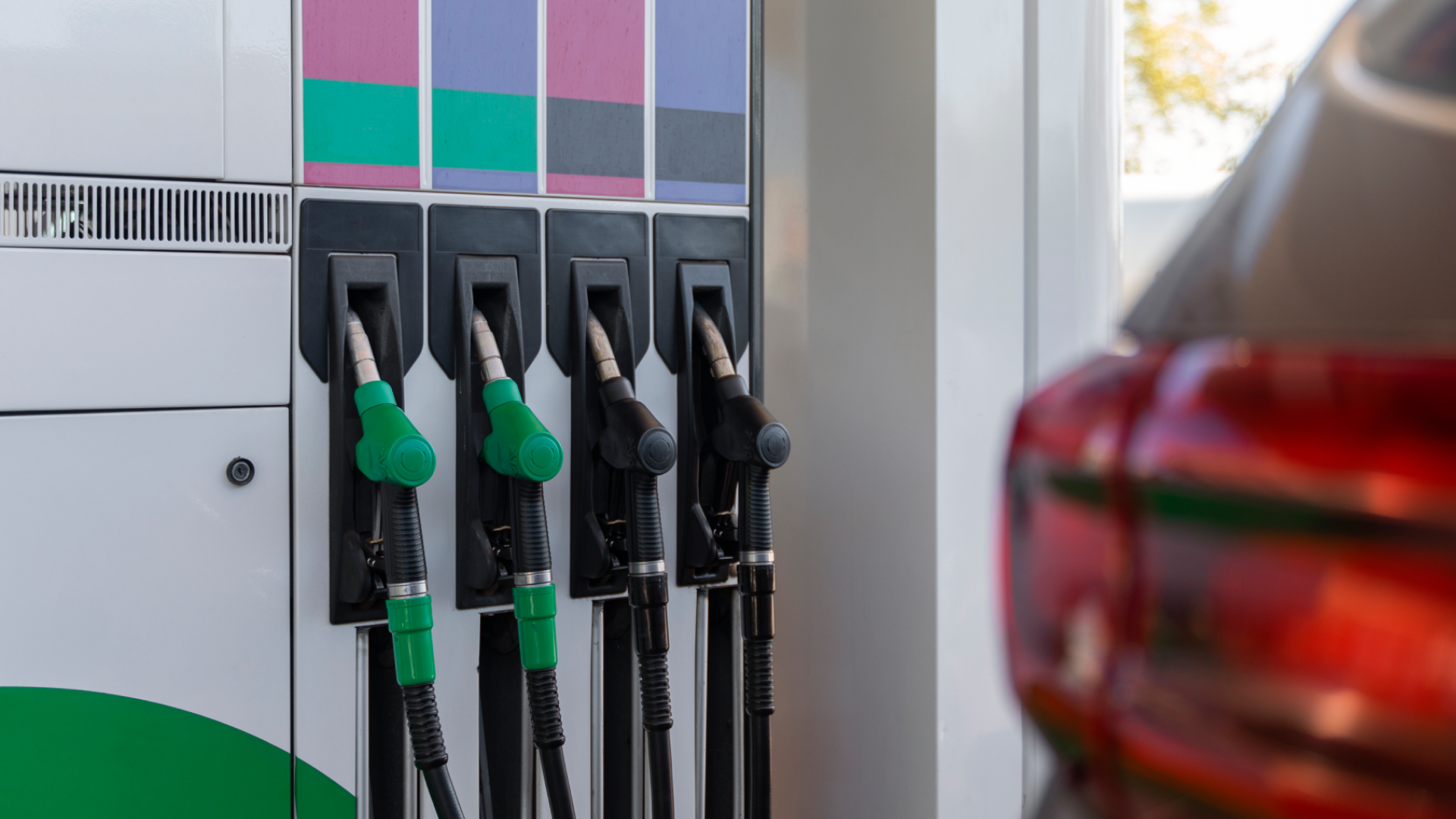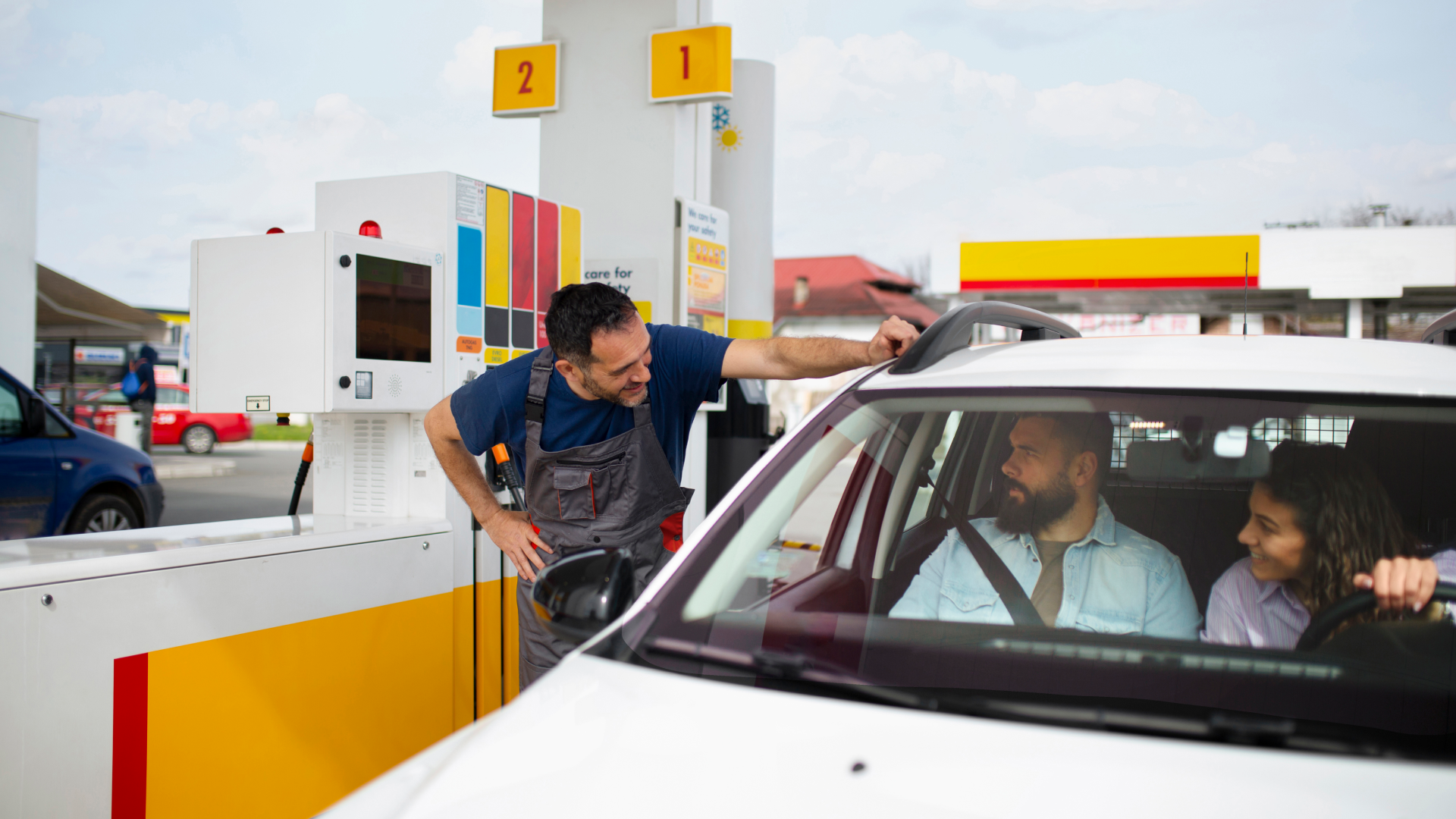Planning a fuel tank purchase requires careful consideration of several key factors. When planning the acquisition of a tank for a fuel station, it is essential to consider various important factors. Tanks come in a wide range of sizes, typically ranging from around 264 to 15,850 gallons, with the 7,925-gallon tank being the most commonly used due to its balance between capacity and space efficiency.
It is crucial to meticulously plan the architectural design of the station and future costs by evaluating the available space and the capacity required to meet the expected demand. Tank size affects not just operations, but also compliance and safety.
Conducting thorough price research helps ensure a sound and cost-effective investment. Considering reliable suppliers and comparing budgets helps ensure the quality of the tank and the materials used, minimizing potential future additional costs.
Therefore, when planning the acquisition of a tank, it is crucial to adopt a comprehensive approach that includes aspects such as durability, maintenance, and compliance with current environmental and safety regulations.
Also read: Location regulations for fuel stations
Main types of fuel station tanks
When choosing a tank for a fuel station, it is crucial to consider the different available models. Cylindrical and spherical tanks, as well as double-walled jacketed tanks, are some of the common options.
Cylindrical tanks
Preferred due to their efficient use of available space and the ability for underground installation, which reduces the need for deep drilling and contributes to site safety. Thus, this variety of models provides options that meet the specific needs of each fuel station, including storage capacity, available space, and compliance with current regulatory standards.
- Advantages: Due to efficient space usage, they also allow for underground installation, improving aesthetics and site safety. They can be manufactured in various materials, such as carbon steel or fiberglass, adapting to the specific needs of the station.
- Disadvantages: Their cylindrical shape may require more horizontal space. Additionally, underground installation can increase construction and maintenance costs due to additional excavation and protection techniques required.
Spherical tanks
Less common but offer advantages in terms of structural strength and internal pressure distribution.
- Advantages: Due to their spherical shape, they provide superior structural strength, better distributing the internal pressures of the fuel. Additionally, they can be more compact compared to cylindrical tanks of equivalent size.
- Disadvantages: They are less common and may be more difficult to manufacture and transport due to their unconventional shape. This potentially increases acquisition and installation costs.
Double-walled jacketed tanks
Designed with an internal and external layer of protection, reducing the risk of leaks and increasing environmental safety.
- Advantages: They offer a double layer of protection, significantly reducing the risk of leaks and enhancing environmental safety. Additionally, they are often required by strict environmental regulations.
- Disadvantages: They are more expensive due to the complexity of manufacturing and the need for additional materials for the external protective layer. This increases initial installation and maintenance costs.
Fiberglass tanks
Lightweight, durable, and corrosion-resistant, they are an option for locations with corrosion concerns due to the environment.
- Advantages: They are lightweight, durable, and resistant to corrosion, making them suitable for environments where corrosion is a significant issue. Additionally, they allow for easier and quicker installation due to their reduced weight.
- Disadvantages: Composite tanks may be more expensive than steel tanks. Additionally, the nature of the composite material can make repairing physical damage more complicated and costly.
Steel tanks
Stations that require high storage capacity and durability use traditional and robust tanks.
- Advantages: They are traditional and robust, offering high storage capacity. Additionally, manufacturing meets various technical and regulatory specifications.
- Disadvantages: They may corrode over time, especially in harsh environments. This requires additional protective measures and regular maintenance to prevent leaks and extend the tank’s lifespan.
Learn more: Is investing in a Shell station really worth it?
What to consider when choosing a fuel station tank
When choosing a tank for a fuel station, managers must consider several essential issues to ensure efficiency and safety in operations. Additionally, it is crucial to consider the type of fuel to store, the available space, the necessary storage capacity, and applicable safety regulations.
These factors play a fundamental role in selecting the most suitable model to meet the specific needs of the station.
Aspects such as tank shape, storage capacity, and construction material should be carefully evaluated. Choosing robust and durable materials, such as carbon steel coated with resin or stainless steel, which offer corrosion resistance and leak prevention, is crucial to ensure system integrity.
Details on choosing a fuel station tank
Tank capacities range from 1,000L to 60,000L, with common capacities around 30,000L, based on precise calculations of turnover and fuel sales, ensuring efficient inventory management and avoiding overload or shortage problems.
In Brazil, for instance, the ABNT NBR 13786 standard outlines strict requirements for leak protection and environmental monitoring. In the U.S., comparable guidelines are provided by the Environmental Protection Agency (EPA) and local fire codes.
Integrated leak and fuel level monitoring systems are essential for early problem detection and efficient inventory management. Additionally, to ensure continuous and safe operation of the tank, one must consider installation ease, maintenance access, and operational costs over time.
Selecting reliable suppliers who offer adequate technical support and warranty for the tank and its components is crucial to minimize risks and ensure compliance with current standards. Therefore, by integrating these aspects carefully, it is possible to choose a tank that meets the operational needs of the fuel station, contributing to safety, regulatory compliance, and efficient daily operations.
Discover: The importance of the floor plan for gas stations
The importance of monitoring the tank for fuel stations
Proper maintenance of tanks for fuel stations is essential to ensure operational safety and prevent potential risks.
Conducting periodic maintenance on tanks and continuously monitoring their conditions are essential practices. These actions help identify early signs of wear or leaks, allowing preventive interventions to avoid major damage and ensure system integrity.
Continuous monitoring systems facilitate early leak detection, crucial for avoiding environmental damage and ensuring compliance with regulatory standards.
Early detection of problems through monitoring can also significantly reduce long-term maintenance costs. Moreover, addressing minor issues before they become major failures saves time, money, and extends the lifespan of the tanks and associated systems.
These integrated practices not only ensure the safe and efficient operation of fuel stations but also protect investments and promote responsible environmental management.
Durability and safety
When necessary, tank replacement should strictly follow technical and regulatory recommendations. Using accessories such as sidewalk chambers and containment basins is fundamental to ensure installation safety, preventing leaks and minimizing environmental impacts. Properly monitored tanks reduce the risks of accidents related to leaks or other system failures, providing a safer environment for employees and customers.
Maintaining tank durability through proper care and complementary accessories is essential to ensure the safety of the fuel station and compliance with current standards. Regular monitoring, required by many regulations, ensures that the station complies with environmental and safety standards, avoiding penalties and protecting its reputation. Thus, by integrating these precautions, from the initial tank selection to maintenance and continuous monitoring practices, stations can operate safely, efficiently, and sustainably, ensuring the protection of natural resources and commercial operations.
Want to make a difference and ensure your gas station’s success? Count on the support of the only business group exclusively dedicated to the fuel station sector in Brazil, with over 25 years of expertise and offering personalized consulting. Contact us for more information!
With Petrol Group, you have everything for your gas station in one place!
Keep reading about: Storage tank in fuel station: safety and efficiency


